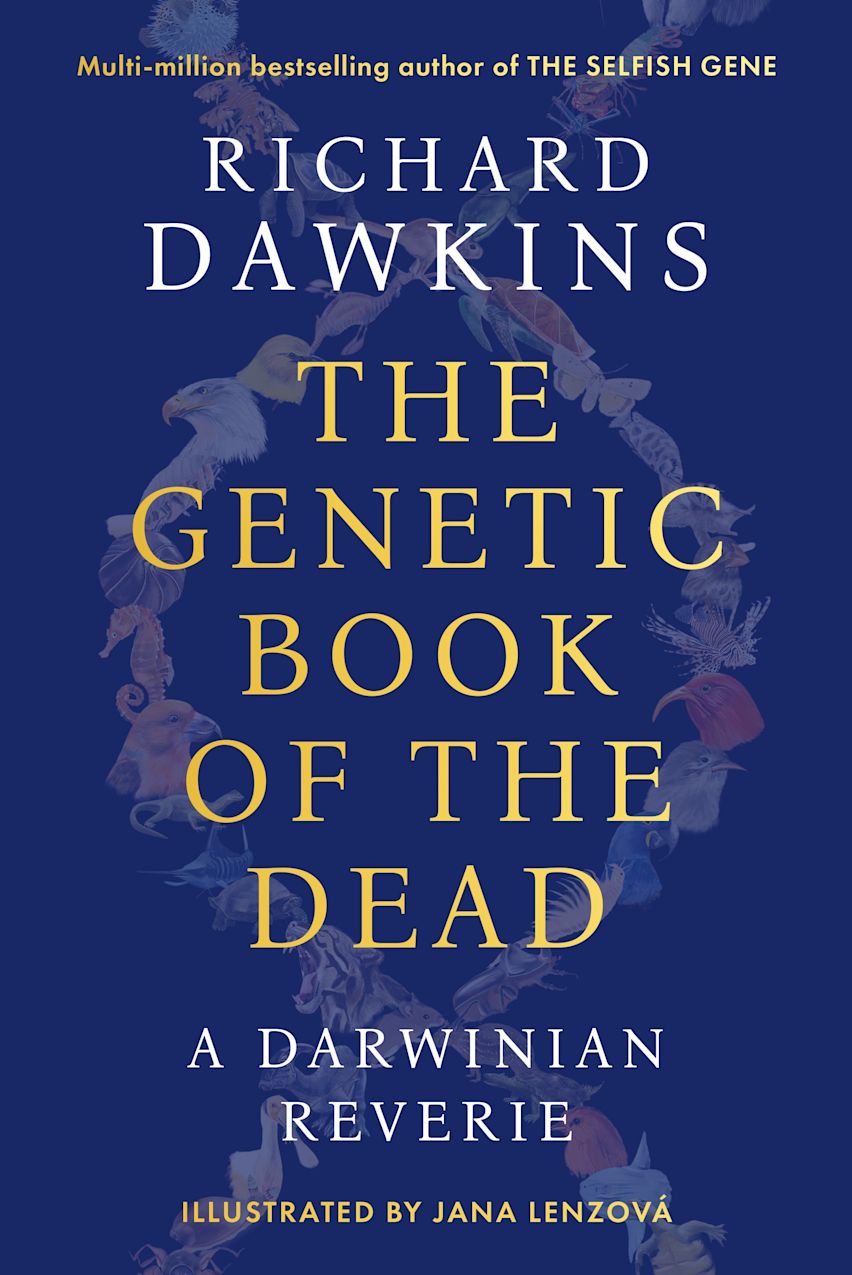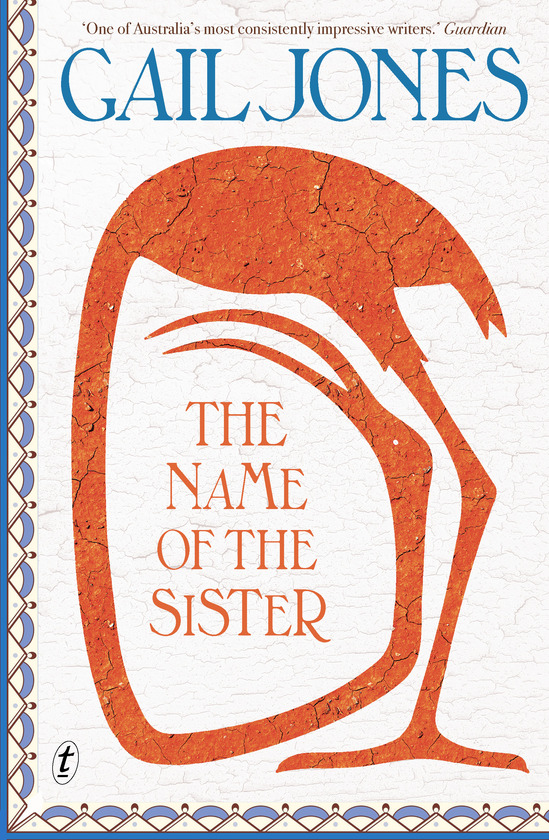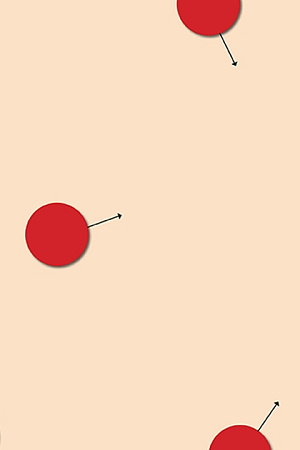Mindscapes of the artist
I visited Randolph Stow on impulse. We had corresponded briefly and since I was passing through London in February 1975, I asked if I might meet him. He kindly invited me to spend the day with him in East Bergholt, a village in Suffolk, two hours from London. Stow had been living there, in Dairy Farm Cottage, for some six years. Six years later, he moved to nearby Harwich.
I did not visit Stow with any particular intent – no interview or article – but rather out of admiration for his work and because of a certain curiosity that had been piqued by a couple of intriguing letters he had sent me in my capacity as Editor of Australian Literary Studies (ALS). In 1973, Stow, aged thirty-seven, had sent for publication a note titled ‘The Australian Miss Havisham’. It argued that there was an Australian source for the famous Dickens character – a certain Miss Donnithorne. Stow, presenting the note as ‘a postscript’ to an earlier one (1963) by J.S. Ryan, commented: ‘it is unlikely now that it will ever be possible to prove by direct evidence that Dickens knew of the Miss Donnithorne affair’. While Stow claimed that his discovery, made through a note in the Dickensian (1966) and a related reference in James Payn’s Recollections (1884), ‘seemed to put the matter almost beyond dispute’, he scrupulously offered two ‘complications’, concluding that ‘all three candidates … made their contributions to the final portrait’. Stow’s reply appeared in ALS (October 1974), along with an addendum suggested by him: ‘Miss Eliza Donnithorne (c.1827–1886) lived at Cambridge Hall, 36 King Street, Newtown, Sydney, and after being jilted on her wedding day in 1856 adopted a life style remarkably like Miss Havisham’s.’
Continue reading for only $10 per month. Subscribe and gain full access to Australian Book Review. Already a subscriber? Sign in. If you need assistance, feel free to contact us.






